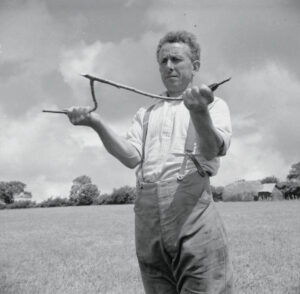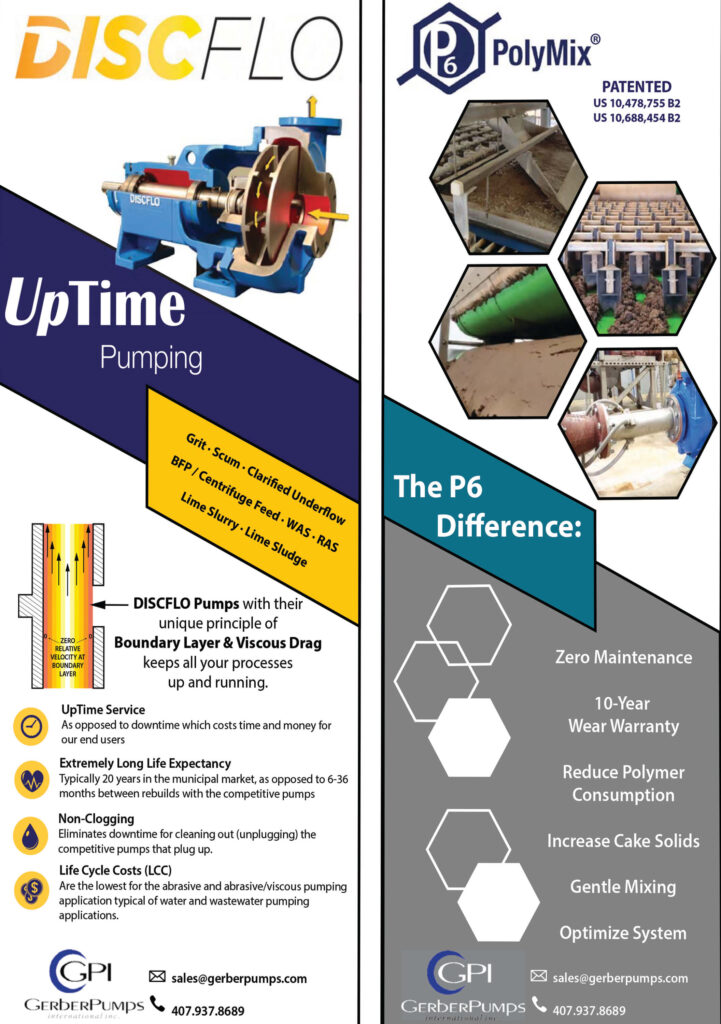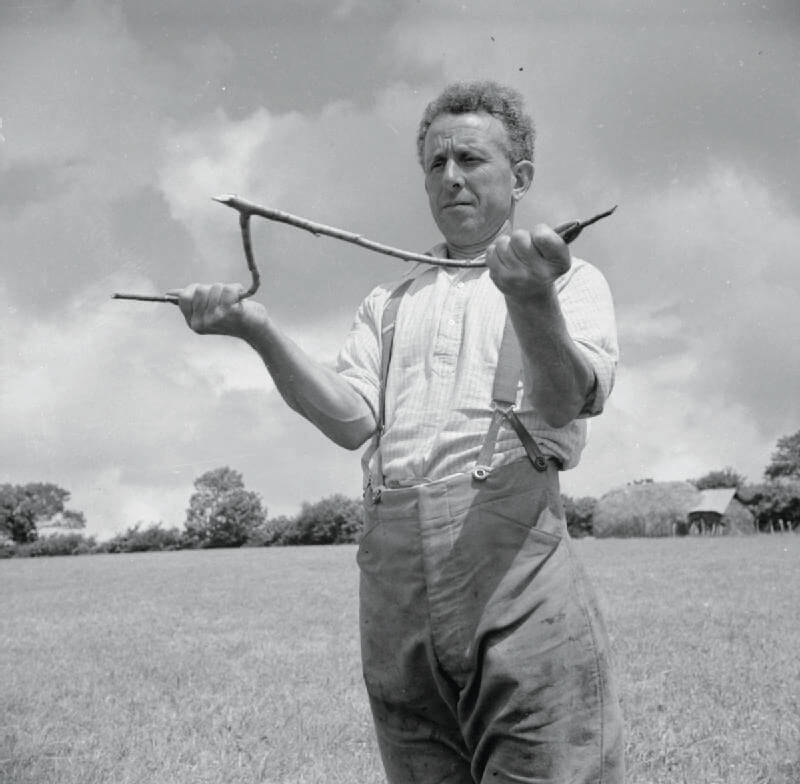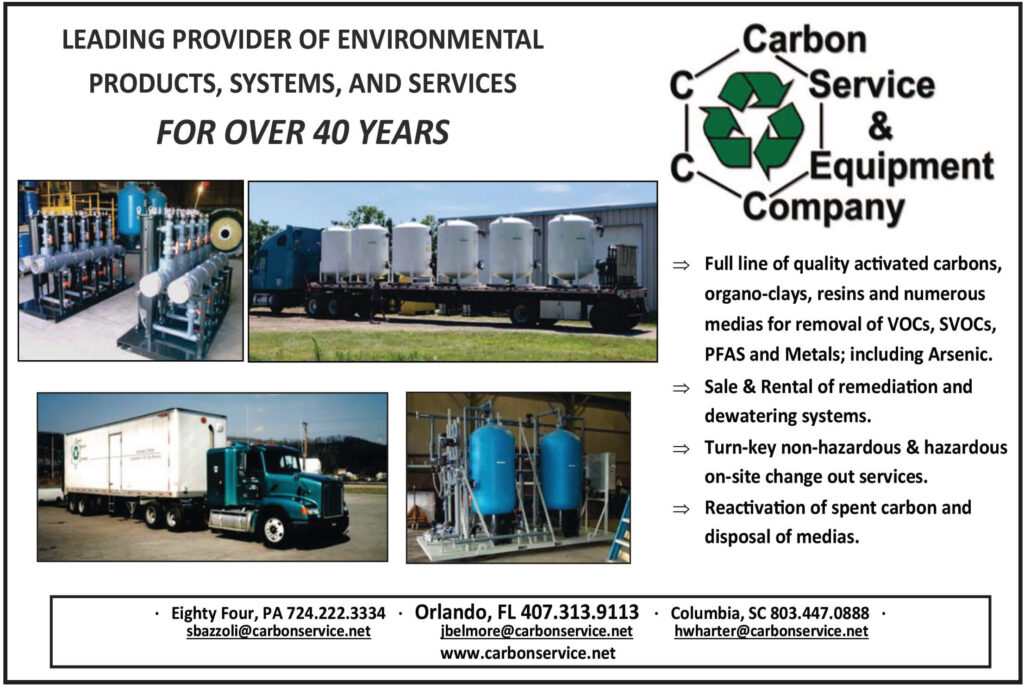STAFF & WIRE REPORTS
There is significant momentum in Florida these days to stop and reverse the degradation of the state’s magnificent water resources.
In January, Gov. Ron DeSantis signed executive order 23-06, continuing the funding of programs aimed at reducing the impact of man-caused pollution of Florida’s ground and surface waters.
In the order, DeSantis specifically stated that stakeholders will “employ sound science to protect and restore our waterways and fund infrastructure projects to improve water quality and safeguard Florida’s water supply.”
In March, the Otter Springs
septic-to-sewer project will go online.
This effort replaces 25 large septic tanks with a single Distributed Wastewater Treatment (DWT) unit that produces treated effluent that is safe for the environment.
The work will help protect not only Otter Springs, but also the many natural springs in the area as well as the nearby Suwannee River and the vital Floridan aquifer, which is a source of drinking water for cities and towns throughout Florida.
“The work at Otter Springs is an exciting and necessary step in our efforts to protect the water resources of Gilchrist County and the Nature Coast,” said Bobby Crosby, Gilchrist County Administrator and Nature Coast Regional Water Authority member. The Otter Springs Park and Campground is a 636-acre complex that has 99 sewer hook-ups and other camping amenities.
Protecting natural resources
Beautiful spring water emanating from the Floridan aquifer is a feature of the Nature Coast area, which includes Gilchrist, Dixie, and Levy counties. The pristine waters attract anglers, hikers, campers, and sightseers from across the country. The issue of nitrogen pollution from septic tanks was both an environmental and economic concern to everyone in the region.
Since the 1980s, scientists and environmentalists have recognized that nutrient pollution of ground water, often due to the proliferation of septic tanks and agricultural chemical runoff, will cause algal blooms that choke out marine and plant life and pose a health hazard for humans. Simply removing and replacing septic tanks is not as easy as it may seem.
Treatment facilities are expensive to build, and connecting small, rural communities to existing treatment plants in nearby cities also can be cost prohibitive. Fortunately, new technologies have come along that are very effective and relatively low cost.
When Gilchrist County began exploring treatment options for transitioning the Otter Springs Park and Campground from septic to sewer, they quickly discovered the grant money that was allocated for the project was insufficient to build a treatment plant or convey wastewater to nearby Fanning Springs. A more innovative solution was needed.
A proven alternative
In 2021 and 2022, septic-to-sewer projects were completed in Apopka, FL that utilized DWT units to replace septic tanks. DWT technology also was carefully monitored by Florida Atlantic University-Harbor Branch under the direction of Dr. Brian LaPointe, and it proved to be extremely effective in removing nitrogen from sewage. According to Dr. LaPointe’s study, nitrogen levels were reduced by about 88 percent and fecal coliform by 92 percent. This means the treated water is safe to release into the environment.

Dr. Ann Shortelle, recently retired as executive director of the St. Johns River Water Management District, closely observed the Apopka project and could verify the effectiveness of DWT technology.
She recommended DWT to Hugh Thomas, executive director of the Suwannee River Water Management District, which is providing 90 percent of the funding for the Otter Springs project.
After conversations with Crosby, they decided to explore the DWT option.
The Distributed Wastewater Treatment unit installed at Otter Springs is larger than a typical septic tank, but it replaced 25 septic systems. It functions much like a small municipal treatment plant. The process utilizes a three-chambered, suspended-growth activated-sludge sequencing batch reactor with biological nitrogen removal.
The unit is monitored remotely and requires very little maintenance.
Suwannee River Water Management District officials brought in Onsyte Performance, a leader in DWT technology, to provide the new system and assist in the installation. Removing the old septic tanks and replacing them with a single DWT unit took about 10 months.
“The Distributed Wastewater Treatment process is much the same as a municipal sewer treatment process, and it is proven to be effective,” said Thomas.
“It was the perfect solution to our situation at Otter Springs.”
At a total treatment cost of less than $750,000, the Nature Coast Regional Water Authority was able to perform the project with the grant funding made available by the District and the State of Florida.
“Distributed Wastewater Treatment may prove to be a more viable option where municipal systems are not available.”●













































